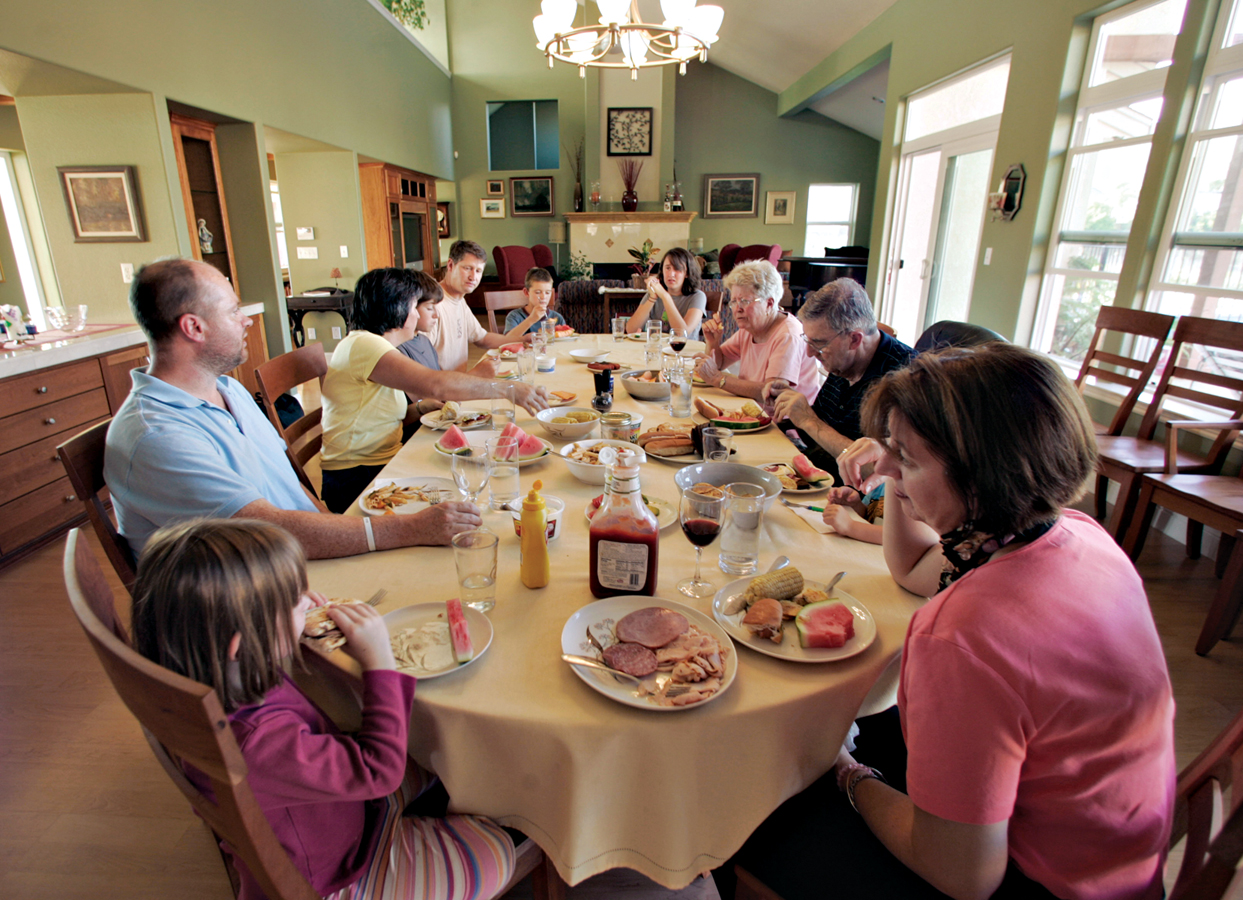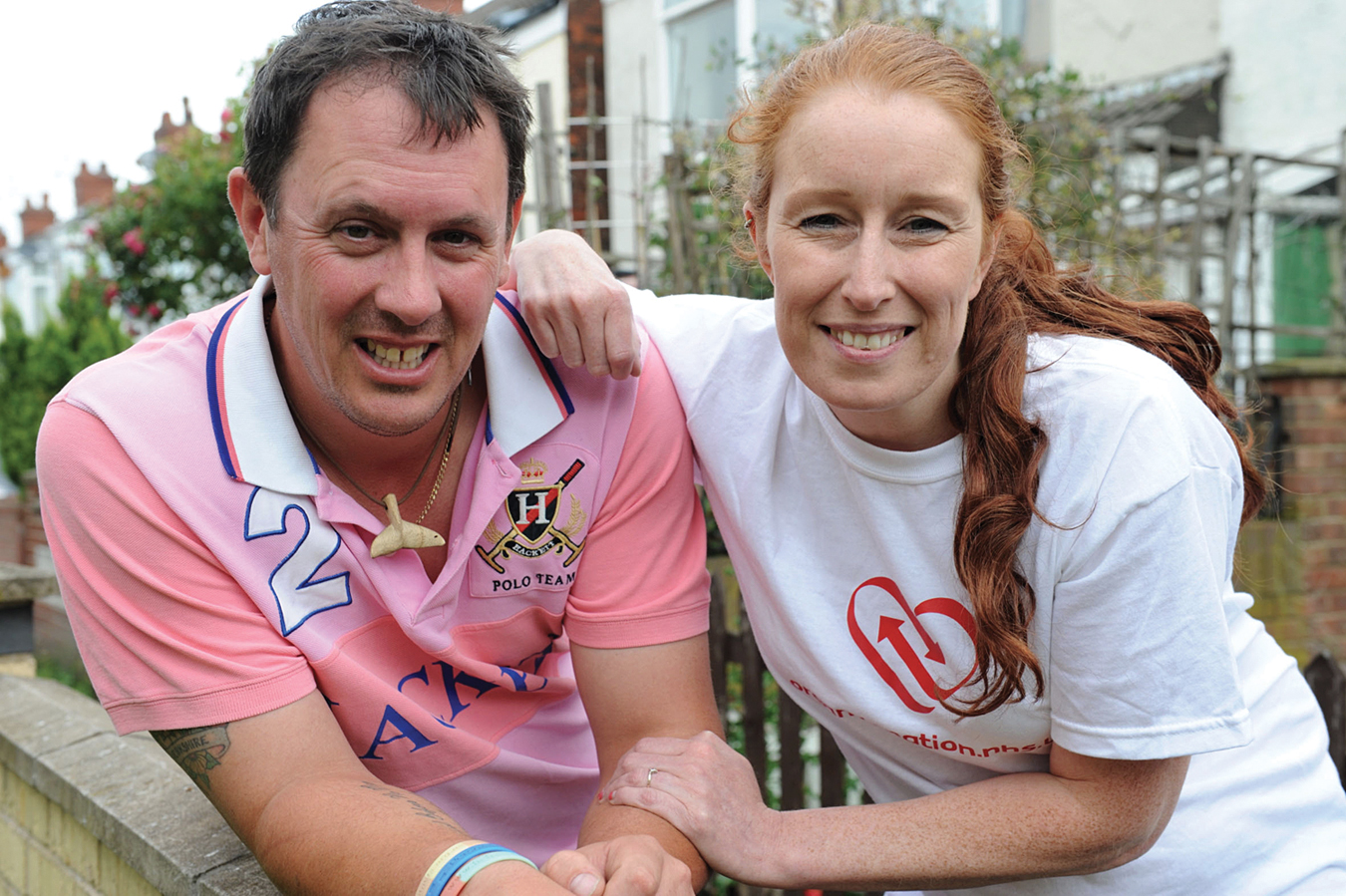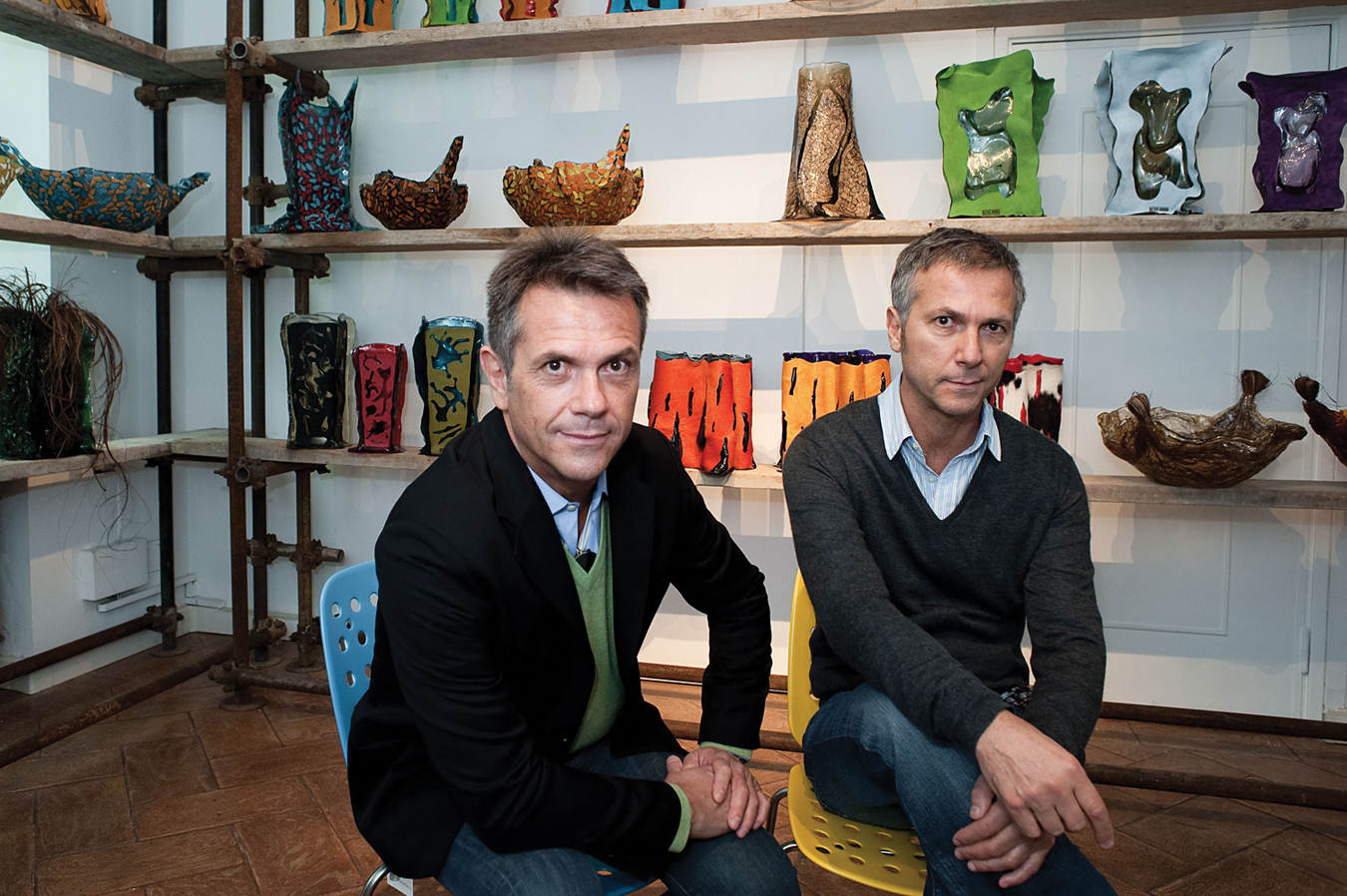 Intimacy: Friends and Family
Intimacy: Friends and Family
Every adult experiences the crisis Erikson called intimacy versus isolation, seeking to connect with other people, as already described in Chapter 19. Specifics vary. Some adults are distant from their parents but close to partners and friends; others rely on family but not on others. The need for intimacy is universal yet dynamic: Each adult regulates closeness and reciprocity with everyone else (Lang et al., 2009).
social convoy Collectively, the family members, friends, acquaintances, and even strangers who move through life beside each individual.
Each person is part of a social convoy. The term convoy originally referred to a group of travelers in hostile territory, such as the pioneers in ox-
As people move through life, their social convoy metaphorically functions as those earlier convoys did, i.e., as a group of people who “provide a protective layer of social relations to guide, encourage, and socialize individuals as they go through life” (Antonucci et al., 2001, p. 572). Paradoxically, the current historical context (globalization, longevity, diversity) makes the social convoy more essential than ever (Antonucci et al., 2007).

Friends and Acquaintances
Friends are part of the social convoy; they are chosen for the traits that make them reliable fellow travelers. Mutual loyalty and aid are expected from friends: A relationship that is unbalanced (one giving and the other taking) often ends because both parties are uneasy.
Of course, sometimes a friend needs care and cannot reciprocate at the time, but it is understood that at some later day, the roles will be reversed. Friends provide practical help and useful advice when serious problems—
People consult their friends about mundane issues as well: how to get children to eat their vegetables, whether to remodel or replace the kitchen cabinets, when to ask for a raise, why a particular acquaintance is unreasonable. Just talking with friends lightens the load.
Friendship and Human Development
A comprehensive study found that friendships improve with age. To be specific, adolescents and young adults consider a significant minority of their friendships ambivalent or problematic. By adulthood, most friendships are rated close, few are ambivalent, and almost none are problematic (Fingerman et al., 2004). Unlike family members, if friends are not supportive, the relationship ends.
Friendship aids mental health throughout life (Bowers & Lerner, 2013). Friends also protect physical health, encouraging one another to eat better, to quit smoking, to exercise, and so on. The reverse is also true: If someone gains weight over the years of adulthood, his or her best friend is likely to do so as well. In fact, although most friendships last for decades, conflicting health habits may end a relationship (O’Malley & Christakis, 2011). For instance, a chain smoker and a friend who quits smoking are likely to part ways.
If an adult has no close and positive friends, health suffers (Couzin, 2009; Fuller-
Acquaintances
consequential strangers People who are not in a person’s closest friendship circle but nonetheless have an impact.
In addition to friends, people have hundreds of casual acquaintances, who provide information, support, social integration, and new ideas (Fingerman, 2009). Such acquaintances—
The consequential strangers in your life might include:
- Several other dog owners if you walk your dog
- Your barber or beautician if you regularly get your hair cut
- The street vendor from whom you buy a muffin every day
- The parent of your child’s friend

A consequential stranger may even be literally a stranger: someone who sits next to you on an airplane, or directs you when you are lost, or gives you a seat on the bus. Not all such people are “consequential”; it depends on whether or not they have an impact on you.
Acquaintances differ from most close friends and family members in that they include people of diverse religions, ethnic groups, ages, and political opinions—
That is one reason strangers add to one’s life: they expand one’s perspective. This benefit need not be face-
Regular acquaintances are often part of each person’s peripheral social network. With age, the number of such peripheral friends usually decreases. For example, one study found that the average emerging adult had 16 peripheral friends but the average middle-
Family Bonds

People with close friends also tend to have good relationships with their family and to be affected by them. Developmentalists agree that families have linked lives—
Whether family members are considered friends depends on cultural norms. For example, in both Germany and Hong Kong, adults listed about the same number of close confidantes, but the Germans tended to include more nonfamily friends, whereas the Chinese included more family members (Fung et al., 2008).
The idea that family connections influence a person lifelong is supported by an intriguing study of the entire population of Denmark. Twins married less often than single-
Adult Children and Their Parents
Although most contemporary adults leave their parents’ homes to establish their own households, a study of 7,578 adults in seven nations found that physical separation did not necessarily weaken family ties. It seemed that intergenerational relationships are becoming stronger, not weaker, as more adult children live apart from their parents (Treas & Gubernskaya, 2012). Other research agrees. Between parents and adult children, “the intergenerational support network is both durable and flexible” (Bucx et al., 2012, p. 101).
Household composition is a poor measure of family closeness, not only in developed nations. In rural Thailand, for example, income, not affection, determines whether a young married couple lives with the wife’s parents (as traditional) or establishes their own household (Piotrowski, 2008). Remittances voluntarily sent back by adult children working in other nations typically boost family income, enabling couples to live in their own households. In this example, family closeness endures despite siblings living far apart.
Similar results are found in another nation, Ghana. The traditional West African household, with dozens of relatives living within one compound, is being replaced by many nuclear families, each with their own dwelling far from their childhood home. However, despite distance, reciprocity and family loyalty are enduring values, buffering financial stress, and correlating with happiness (Tsai & Dzorgbo, 2012).
Worldwide, when adult children have serious financial, legal, or marital problems, parents try to help. In Western nations this has always been evident for young, single adults, but the 2008–
All the research shows that parents provide more financial and emotional support to their adult children than vice versa. Although such support is often needed and welcome, financial subsidies to adult children who are no longer in college correlate with symptoms of depression in the offspring (Johnson, 2013). For the parent generation, happiness is strongly affected by their adult children, with the most troubled offspring having more impact on parental well-
Siblings

With adulthood often comes “marriage and childbearing, both of which have the potential to enhance closeness in sibling relationships or exacerbate previous difficulties” (Conger & Little, 2010, p. 89). Parenthood often increases closeness between siblings, partly because adults realize that children benefit from knowing their aunts, uncles, and cousins. Even if adult siblings have no children, they typically become closer to each other than they were as adolescents, because adulthood frees them from the intensity of a shared household (often with shared rooms, computers, schools, and so on), thus finally allowing them to differ without fighting.
In several South Asian nations, brothers are obligated to bestow gifts on their sisters, who in turn are expected to cook for and nurture their brothers (Conger & Little, 2010). Such patterns may impede individual growth, but they reduce poverty and strengthen family bonds. Encouraging siblings to care for one another helps satisfy needs for intimacy.
One factor that decreases sibling closeness is parental favoritism of one adult child over another. Particularly when fathers show favoritism, both the favored and nonfavored children are likely to be distressed (Jensen et al., 2013).
Close and affectionate family relationships seem to form more easily when the government pays for many services (e.g., health care, senior residences, child care) than when family members are obligated to pay for each other. When adults do not argue over material needs, they are likely to seek emotional intimacy, independent of practical necessity.
fictive kin Someone who becomes accepted as part of a family to which he or she has no blood relation.
Regardless of public policy, most family members support each other. However, some adults avoid their blood relatives because they find them toxic. Sometimes, adults become fictive kin in another family, often brought in by a family member who says this person is “like a sister” or “my brother” and so on. They are not technically related (hence fictive), but they are accepted and treated like a family member (hence kin).
Fictive kin can be a lifeline to those adults who are rejected by their original family (perhaps because of their sexual orientation), or are far from home (perhaps immigrants), or are changing their habits (such as stopping addiction) (Ebaugh & Curry, 2000; Heslin et al., 2011; Kim, 2009; Muraco, 2006). Adults benefit from kin, fictive or not.
SUMMING UP
Every adult has powerful intimacy needs, which are met by social support and companionship as the decades roll by. Friends and consequential strangers are part of the social convoy that helps adults navigate their lives. How crucial relatives are to a particular person depends on past history, cultural values, and current situation. In some cases, individuals seek to distance themselves from their family.